Quick Takeaways
- Deep vein thrombosis (DVT) can lead to chronic pain, swelling, and skin changes known as post‑thrombotic syndrome.
- Even after the clot resolves, the risk of pulmonary embolism and repeat clots remains for years.
- Long‑term anticoagulation, compression therapy, and lifestyle tweaks dramatically lower complications.
- Regular ultrasound checks help spot silent vein damage early.
- Understanding your personal risk factors-like thrombophilia-guides tailored follow‑up care.
Deep vein thrombosis (DVT) is a blood clot that forms in the deep veins of the leg or pelvis, often after prolonged immobility or hyper‑coagulable states. The clot can block venous return, causing pain, swelling, and, if dislodged, a life‑threatening pulmonary embolism. While many think DVT is an acute event, it can set off a cascade of long‑term health issues that persist long after the clot dissolves.
How DVT Shapes Your Body Over Time
When a clot settles in a deep vein, the vessel wall reacts. Inflammation damages the lining, and the vein may become scarred or narrowed. Even after anticoagulants dissolve the clot, the scar tissue can keep the vein from opening fully, leading to chronic venous hypertension. This pressure backs up blood into smaller veins, causing the classic signs of swelling, aching, and skin changes that may surface months or years later.
Post‑Thrombotic Syndrome: The Most Common Long‑Term Complication
Post‑thrombotic syndrome (PTS) is a chronic condition marked by leg pain, swelling, heaviness, and often skin discoloration or ulceration that follows a DVT episode. Studies from European vascular societies report that up to 40% of DVT survivors develop PTS within two years. The symptoms range from mild discomfort to severe ulceration that can resist healing for months.
Key drivers of PTS include:
- Incomplete clot resolution leaving residual vein obstruction.
- Valve damage that prevents blood from flowing upward, causing reflux.
- Persistent inflammation that stiffens the vein wall.
Patients who skip early compression therapy are up to 2.5times more likely to develop PTS, according to a 2023 meta‑analysis of 12 trials.
Chronic Venous Insufficiency vs. Post‑Thrombotic Syndrome
| Attribute | Post‑Thrombotic Syndrome | Chronic Venous Insufficiency (CVI) |
|---|---|---|
| Primary cause | Previous DVT with residual obstruction | Valve incompetence without prior clot (often primary) |
| Typical onset | 6months-2years after DVT | Gradual, may take years |
| Common symptoms | Leg heaviness, swelling, pain, skin discoloration, ulcer | Edema, varicose veins, itching, hyperpigmentation |
| Risk of ulcer | High (up to 15% within 5years) | Moderate (5‑10%) |
| Management focus | Compression, anticoagulation history, ulcer care | Compression, lifestyle, vein ablation if needed |
Delayed Pulmonary Embolism: A Silent Threat
While most clinicians watch for an immediate embolism, research shows a second‑wave risk. A 2022 registry of 9,000 DVT patients found a 1.8% incidence of pulmonary embolism (PE) occurring more than six months after the initial clot, often linked to residual thrombus that traveled later.
Symptoms may be subtle: unexplained shortness of breath, mild chest discomfort, or a sudden drop in exercise tolerance. If you notice these signs, seek immediate imaging-ideally a CT pulmonary angiogram-to rule out late‑onset PE.

Recurrence and Thrombophilia: Knowing Your Personal Risk
Thrombophilia is a genetic or acquired condition that makes blood clot more easily, such as Factor V Leiden, prothrombin G20210A, or antiphospholipid syndrome. Patients with an identified thrombophilia have a 2‑3fold higher chance of a second DVT within five years. Even without a known mutation, factors like obesity, smoking, or hormone therapy keep the recurrence risk elevated.
For high‑risk individuals, guidelines now recommend extended (often indefinite) anticoagulation, especially if the initial clot was proximal (above the knee) or if the patient has active cancer.
Long‑Term Management: Anticoagulation, Compression, and Lifestyle
Anticoagulation therapy is the use of medicines-such as warfarin, direct oral anticoagulants (DOACs) like apixaban, or low‑molecular‑weight heparin-to prevent clot growth and new clot formation. The typical course is three to six months for a provoked DVT, but extended therapy may be warranted for unprovoked clots or thrombophilia.
Key points for safe long‑term use:
- Regular INR checks (if on warfarin) or renal function monitoring (if on DOACs).
- Education on bleed signs-gums, bruising, dark stools.
- Interaction awareness: certain antibiotics, NSAIDs, and herbal supplements can boost bleed risk.
Compression stockings are graduated elastic garments that apply higher pressure at the ankle and decrease up the leg, promoting venous return. Evidence suggests wearing 30‑40mmHg stockings for at least two years after DVT cuts PTS incidence by roughly 50%.
Practical tips:
- Choose class 2 (23‑32mmHg) for most patients; class 3 (30‑40mmHg) for severe swelling.
- Put them on in the morning before getting up, and remove at night.
- Inspect skin daily for irritation-replace stockings every 6‑12 months.
Beyond meds and compression, lifestyle changes matter. Weight loss of 5‑10% can reduce venous pressure. Regular calf‑pumping exercises-like ankle circles or heel raises-stimulate the muscle pump that helps push blood upward.
Monitoring and Imaging: Keeping an Eye on the Veins
Follow‑up duplex ultrasound is the gold standard to assess residual vein obstruction and valve competence. The typical schedule is:
- 6weeks after starting anticoagulation (baseline).
- 6months to gauge clot resolution.
- 12‑24months for patients with PTS symptoms or high recurrence risk.
Findings such as a >40% residual lumen, persistent reflux, or new thrombosis guide whether to extend anticoagulation or intensify compression.
Practical Checklist for DVT Survivors
- Know your clot type: proximal vs. distal, provoked vs. unprovoked.
- Genetic testing: Ask your doctor about thrombophilia panels if you have a family history.
- Medication review: Keep an up‑to‑date list of all drugs and supplements.
- Compression strategy: Fit the correct class and wear daily for at least two years.
- Exercise plan: 10‑15minutes of calf raises, walking, or swimming most days.
- Follow‑up imaging: Schedule duplex scans as recommended.
- Watch for warning signs: Sudden leg swelling, chest pain, or shortness of breath.
Next Steps: Where to Go From Here
Understanding the long‑term landscape of DVT equips you to act early, avoid complications, and keep life moving forward. If you’ve just finished a course of anticoagulation, talk to your clinician about a personalized compression plan and whether you need extended therapy. For those living with PTS, consider a referral to a vascular specialist-interventions like catheter‑directed thrombolysis or vein ablation can dramatically improve quality of life.
Stay proactive: monitor weight, stay active, and keep a symptom diary. The sooner you spot a change, the easier it is to intervene, and the lower the chance of chronic damage.

Frequently Asked Questions
Can DVT cause pain years after the clot clears?
Yes. Residual vein obstruction and damaged valves can keep blood pooling, leading to chronic leg pain, heaviness, and swelling that may appear months or even years after the original clot resolves.
What is the difference between post‑thrombotic syndrome and chronic venous insufficiency?
Post‑thrombotic syndrome (PTS) is a direct sequel of a DVT, arising from residual obstruction and valve damage caused by the clot. Chronic venous insufficiency (CVI) often develops without a prior clot, typically from primary valve failure. Both share symptoms like edema and skin changes, but PTS usually appears sooner after a DVT and carries a higher ulcer risk.
Is lifelong anticoagulation necessary after a DVT?
Not always. Lifelong therapy is recommended for patients with unprovoked DVT, known thrombophilia, active cancer, or recurrent clots. For provoked DVTs (e.g., after surgery), a three‑to‑six‑month course is often enough, provided risk factors are managed.
How effective are compression stockings in preventing post‑thrombotic syndrome?
Clinical trials show that wearing class2 or class3 compression stockings for at least two years reduces the incidence of PTS by up to 50%. The benefit is strongest when stockings are started within the first month after DVT diagnosis.
What signs should prompt immediate medical attention after a DVT?
Sudden worsening leg swelling, sharp chest pain, shortness of breath, coughing up blood, or unexplained dizziness could signal a new clot or pulmonary embolism. Call emergency services right away.


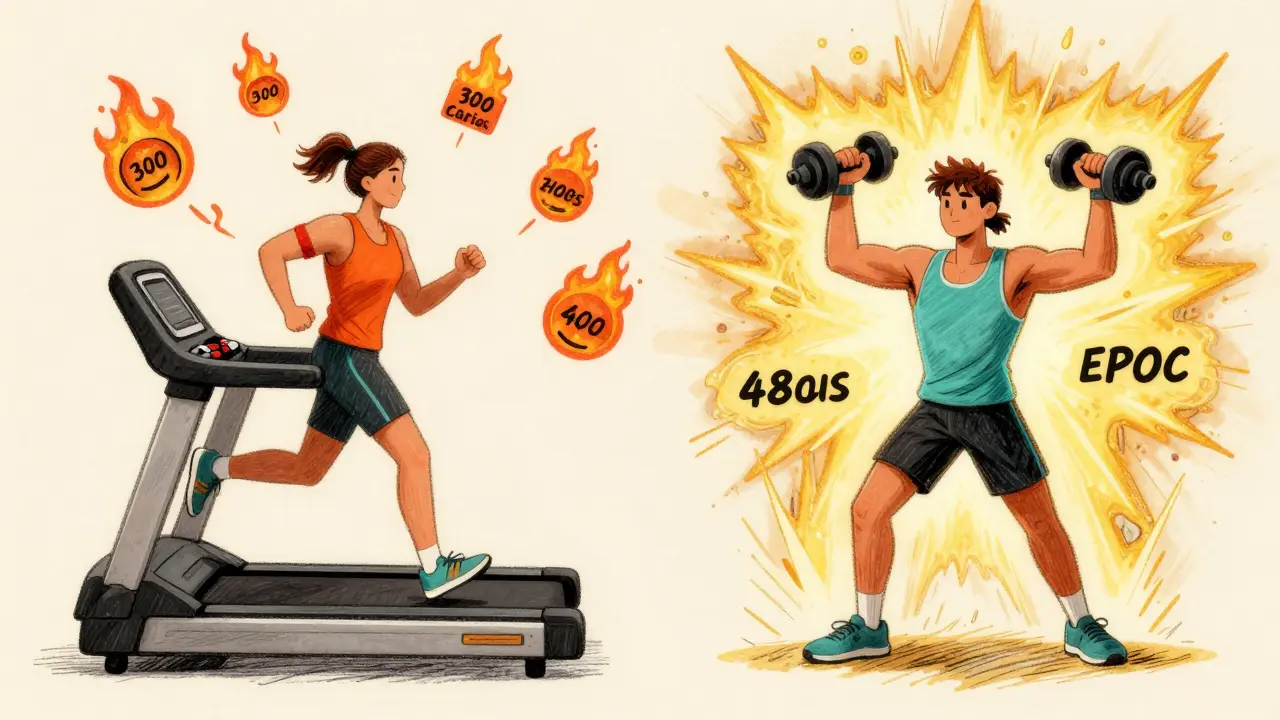
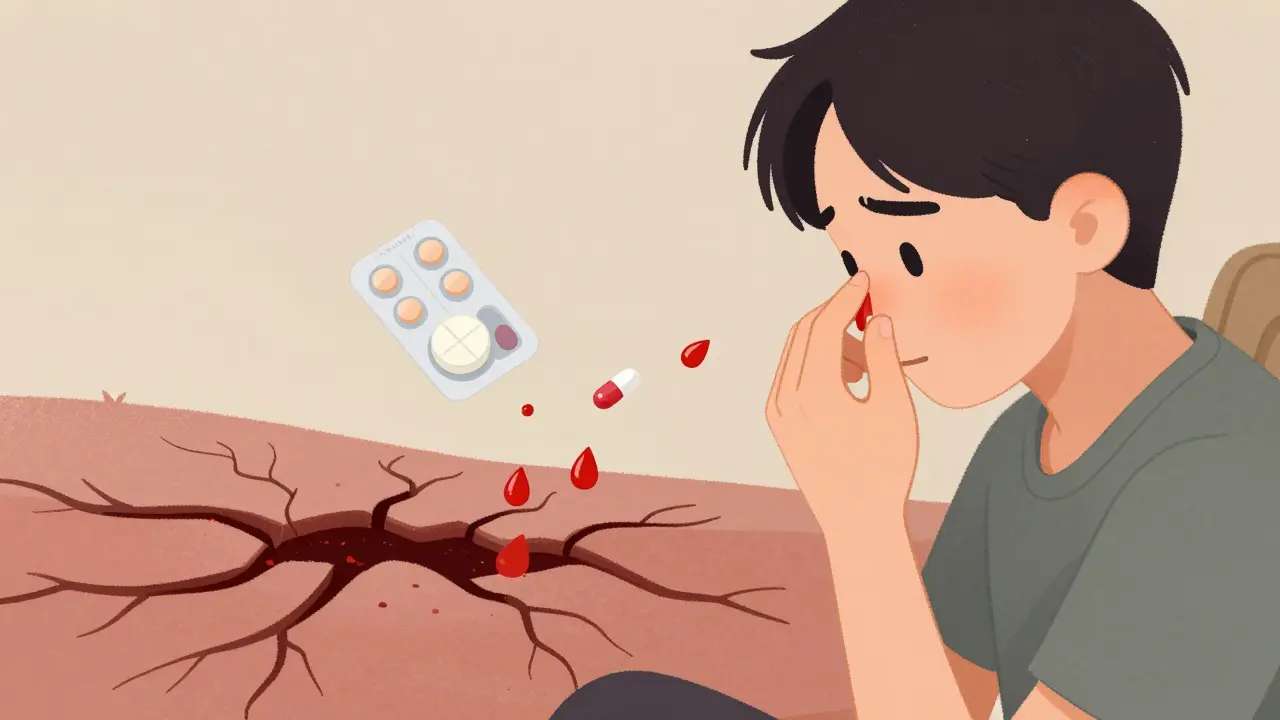
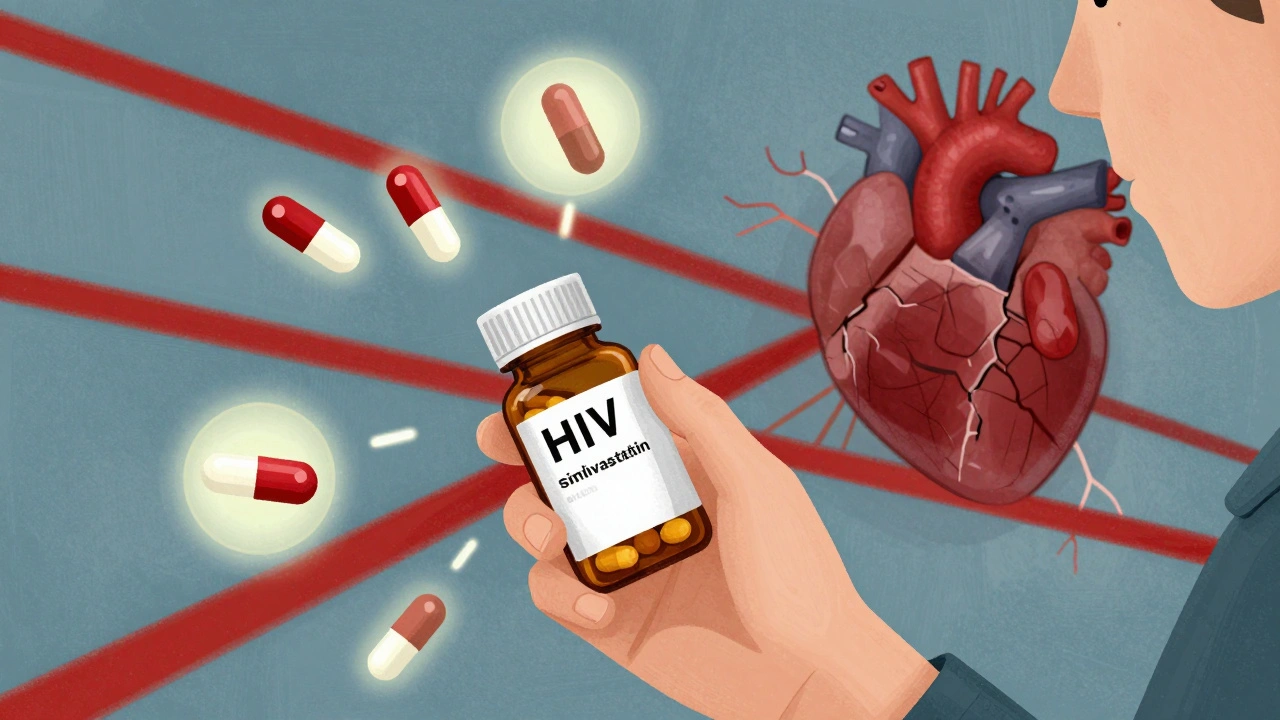
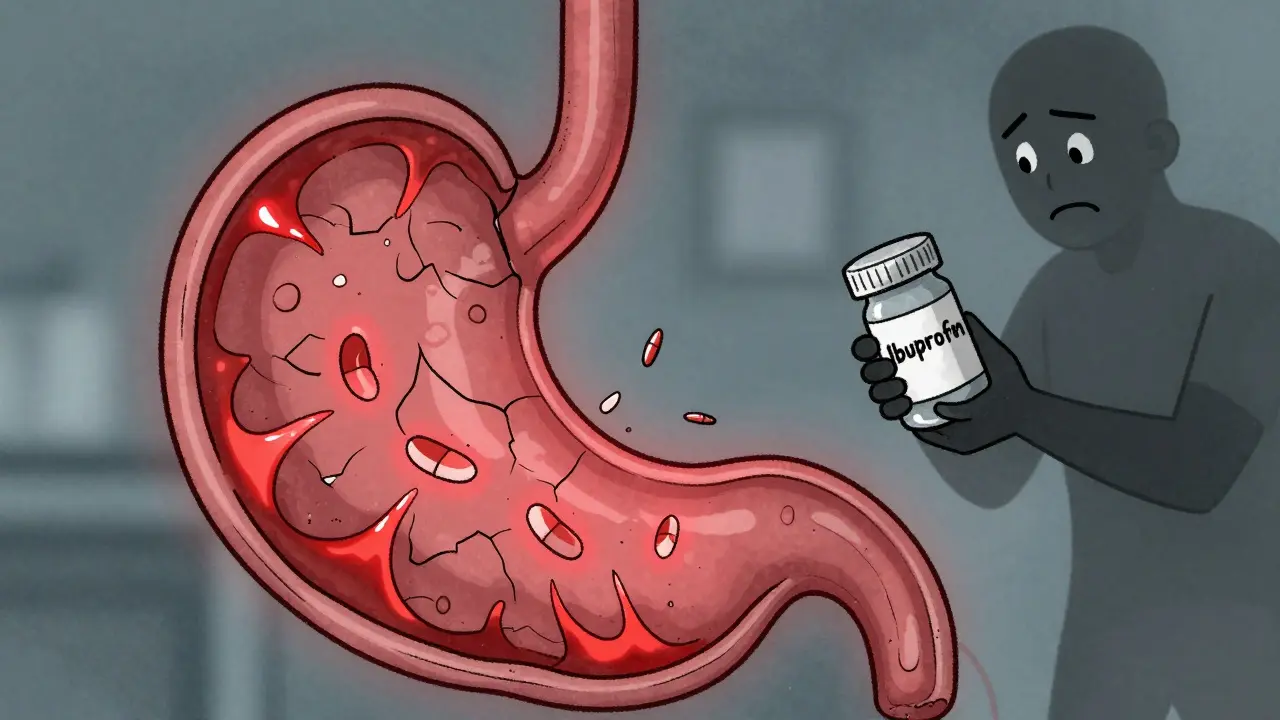
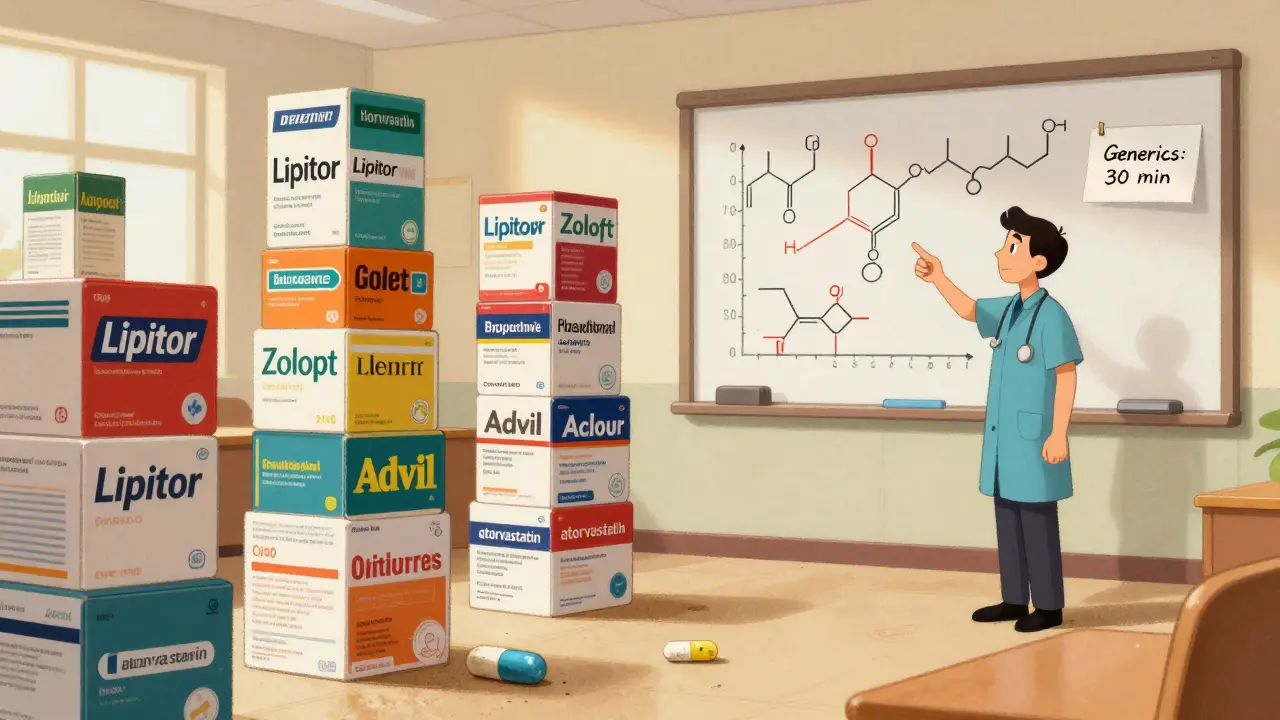
Tara Phillips
September 25, 2025 AT 16:15Dear readers, the long‑term ramifications of deep‑vein thrombosis deserve our utmost attention; the data presented delineates clear pathways toward mitigation. Initiating compression therapy promptly, coupled with vigilant anticoagulation monitoring, substantially curtails the incidence of post‑thrombotic syndrome. Moreover, lifestyle modifications-particularly weight management and regular calf exercises-serve as robust adjuncts to medical therapy. I encourage all survivors to engage proactively with their vascular specialists, for early intervention is the keystone of favorable outcomes.
Derrick Blount
September 30, 2025 AT 07:21It is evident, upon meticulous examination of the literature, that the pathophysiology of DVT extends far beyond the acute clot formation; the ensuing endothelial injury precipitates a cascade of inflammatory and fibrotic processes. First, the residual thrombus serves as a nidus for chronic venous hypertension, a fact corroborated by numerous duplex studies, which reveal persistent flow obstruction in up to 40 % of patients. Second, valve incompetence, often overlooked in initial assessments, contributes to reflux, thereby aggravating edema and pain. Third, the interplay between hypercoagulability and endothelial dysfunction underscores the necessity for personalized anticoagulation regimens, a principle emphasized in recent guidelines. Fourth, compression therapy, when applied consistently within the first month, reduces the odds of post‑thrombotic syndrome by roughly one half, a statistic supported by meta‑analyses of randomized trials. Fifth, patient adherence-quite frequently compromised by discomfort or inconvenience-remains the pivotal determinant of therapeutic success. Sixth, genetic screening for thrombophilia, though not universally mandated, provides actionable insight for those with a family history of venous events; identified mutations such as Factor V Leiden or prothrombin G20210A may warrant extended anticoagulation. Seventh, the role of lifestyle cannot be overstated; modest weight loss, smoking cessation, and regular aerobic activity collectively diminish venous pressure. Eighth, regular follow‑up ultrasounds, typically scheduled at six weeks, six months, and annually thereafter, facilitate early detection of residual obstruction or new thrombus formation. Ninth, clinicians must remain vigilant for delayed pulmonary embolism, a phenomenon documented in long‑term registries, wherein late‑onset emboli surface months after the index event. Tenth, the psychological burden of chronic venous disease, often manifesting as anxiety or depression, necessitates a holistic therapeutic approach. Eleventh, multidisciplinary care teams, incorporating vascular surgeons, hematologists, and physiotherapists, optimize patient outcomes through coordinated management. Twelfth, emerging therapies, such as catheter‑directed thrombolysis, offer promising results in select high‑risk cohorts, yet their long‑term efficacy remains under investigation. Thirteenth, cost‑effectiveness analyses repeatedly highlight that early compression and education offset downstream expenditures related to ulcer care. Fourteenth, patient education-delivered in clear, jargon‑free language-is indispensable for fostering adherence and early symptom recognition. Finally, the overarching message is unequivocal: a proactive, individualized, and comprehensive strategy is paramount to mitigating the lifelong sequelae of deep‑vein thrombosis.
Anna Graf
October 4, 2025 AT 22:28Wow, that was a lot of info. Basically, you need to wear stockings early, keep moving, and see the doctor often.
Jarrod Benson
October 9, 2025 AT 13:35Guys, let me tell you why this stuff matters in everyday life-because nobody wants to spend their golden years limping around like a pirate with a peg leg! First off, those compression socks might feel like a medieval torture device, but trust me, after a few weeks the swelling goes down and you can finally fit into those jeans again. Second, you’ve got to keep that blood pumping; a simple calf raise while you’re waiting for the coffee maker is a game‑changer. Third, if you’re on blood thinners, don’t just ignore the warning signs-gums bleeding or weird bruises are your body’s way of waving a red flag. Fourth, think about the long game: staying active now means fewer doctor visits later, which means more time for the things you love, like weekend hikes or dancing at your niece’s wedding. And finally, remember that knowledge is power-keep a log of your symptoms, your meds, and any changes, because the more you know, the more you can steer your health in the right direction.
Liz .
October 14, 2025 AT 04:41Compression feels weird but it works you just gotta try it daily
tom tatomi
October 18, 2025 AT 19:48Extended anticoagulation isn’t always necessary.
Tom Haymes
October 23, 2025 AT 10:55That’s right; the decision really hinges on individual risk factors like thrombophilia, clot location, and activity level. Encourage patients to discuss with their hematologist, weigh bleeding risks, and consider periodic reassessment rather than a blanket “forever” approach.
Scott Kohler
October 28, 2025 AT 01:01Ah, the omniscient guidelines that promise safety while conveniently ignoring the nuances of real‑world practice. One might argue that the relentless push for indefinite anticoagulation is just another veil for pharmaceutical profiteering, cleverly disguised as cautionary medicine. Yet, if we truly value patient autonomy, perhaps we should scrutinize the data, question the motives, and demand transparent risk‑benefit analyses before consigning anyone to a lifetime of pills.
Brittany McGuigan
November 1, 2025 AT 16:08Yea, you’re spot on-most docs don’t read the fine print nd just hand out scripts. The pharmas get a win, patients get bleedin risk. We need better educashun, not just more pills.
Priya Vadivel
November 6, 2025 AT 07:15I completely understand how overwhelming all these recommendations can feel; the sheer volume of information is enough to make anyone’s head spin, especially when you’re already coping with pain and uncertainty. It really helps to break the plan down into manageable steps-perhaps start with a daily 10‑minute calf exercise routine, then gradually introduce compression stockings, and finally schedule that first follow‑up ultrasound. Remember, you’re not alone in this journey; countless survivors have navigated these challenges and emerged stronger, and you can, too.
Dharmraj Kevat
November 10, 2025 AT 22:21It’s a battle every day but you gotta fight
don’t let the clot win
Lindy Fujimoto
November 15, 2025 AT 13:28Honestly, the fear of a hidden clot can feel like a ticking time‑bomb ⏰, but armed with the right tools-compression, meds, and vigilant monitoring-you’re basically a superhero in disguise 🦸♀️. Keep that diary, trust your instincts, and never hesitate to call for help when something feels off! 🌟
darren coen
November 20, 2025 AT 04:35Good points, Lindy. Staying proactive is key.
Jennifer Boyd
November 24, 2025 AT 19:41What a powerful reminder that we can turn a scary diagnosis into a story of resilience and hope! By embracing compression, staying active, and leaning on supportive healthcare teams, we’re rewriting the narrative from “danger” to “determination.” Keep shining, DVT survivors-you’re stronger than any clot! 🌈💪
Lauren DiSabato
November 29, 2025 AT 10:48While the optimism is commendable, let’s not forget that the evidence base still calls for nuanced, risk‑adjusted therapy rather than blanket positivity. Overstating benefits without acknowledging bleeding hazards can mislead patients. A balanced approach-rooted in data, patient values, and clinical judgment-is the true hallmark of good care.